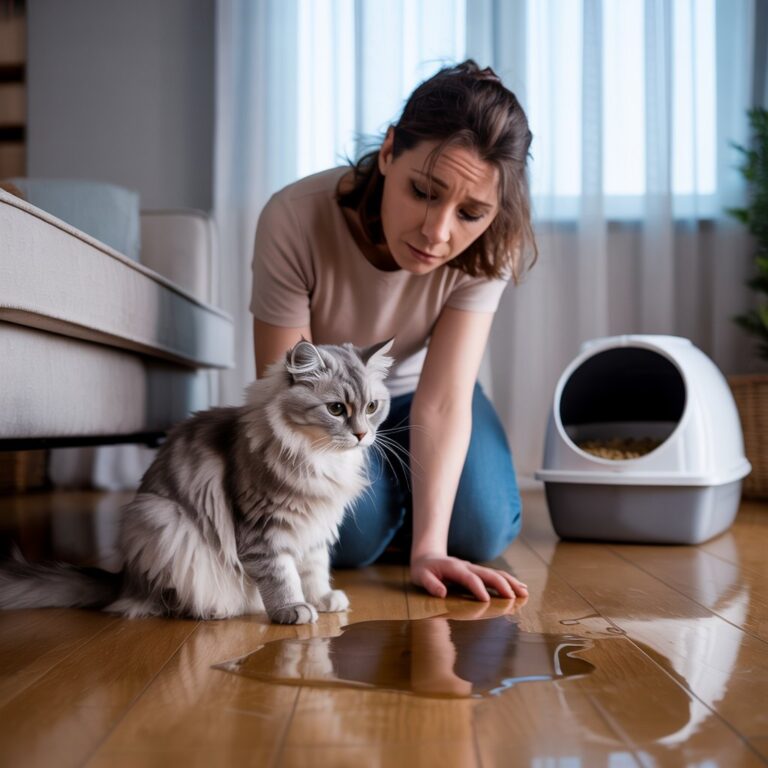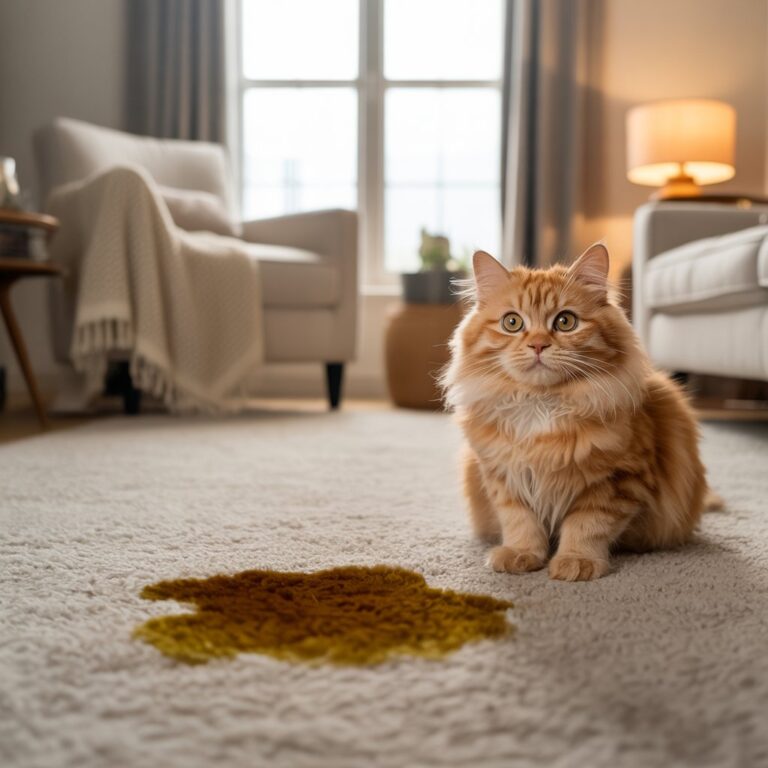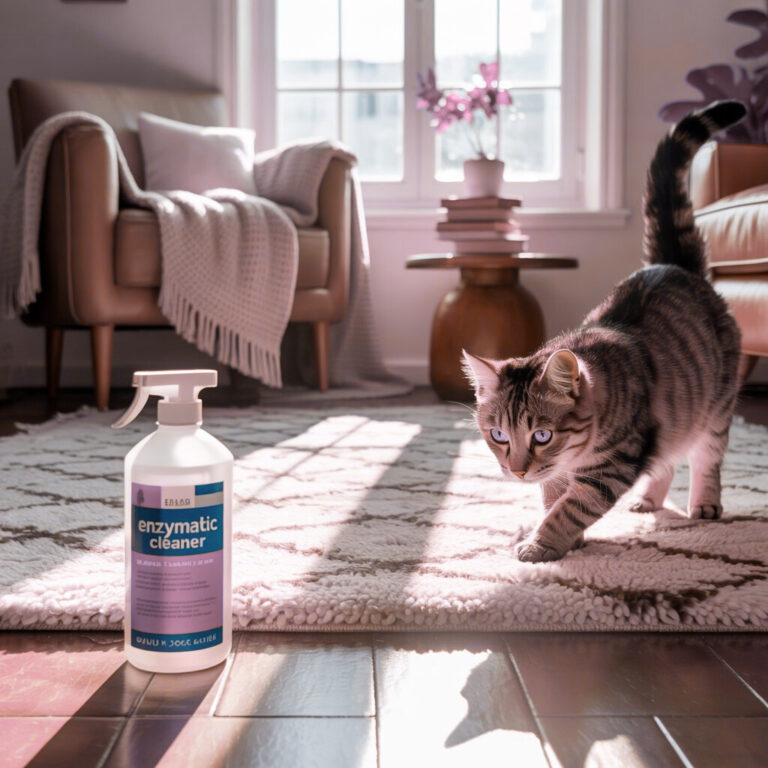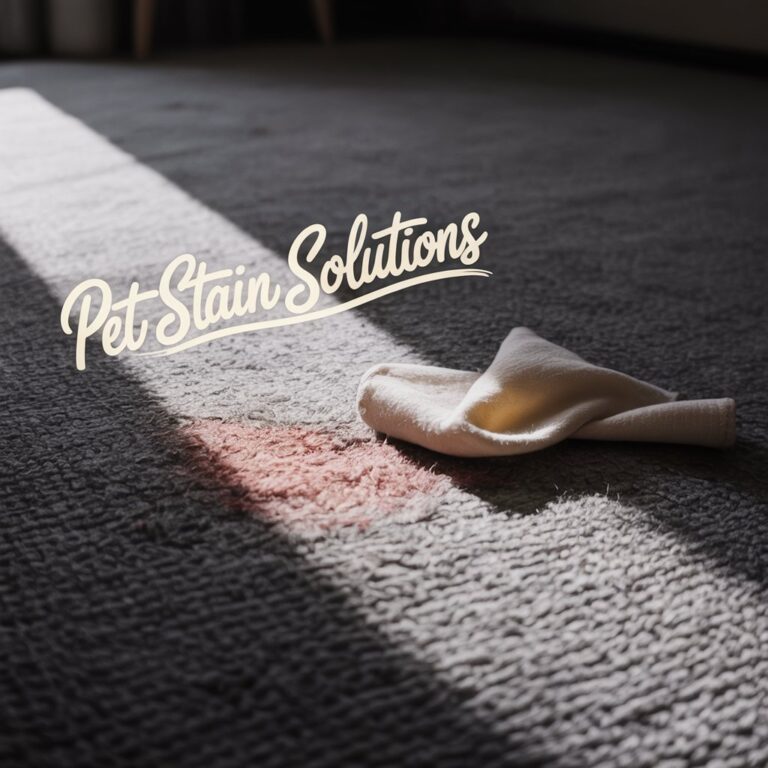How to Stop Cat Peeing Outside the Litter Box for Good
Is your cat peeing outside the litter box? It can feel like a personal betrayal. The carpet, the laundry pile, even right beside the box—nothing seems off limits. But before frustration turns into giving up, it’s important to understand that inappropriate urination isn’t spite. It’s communication. And usually, your cat is trying to tell you…



